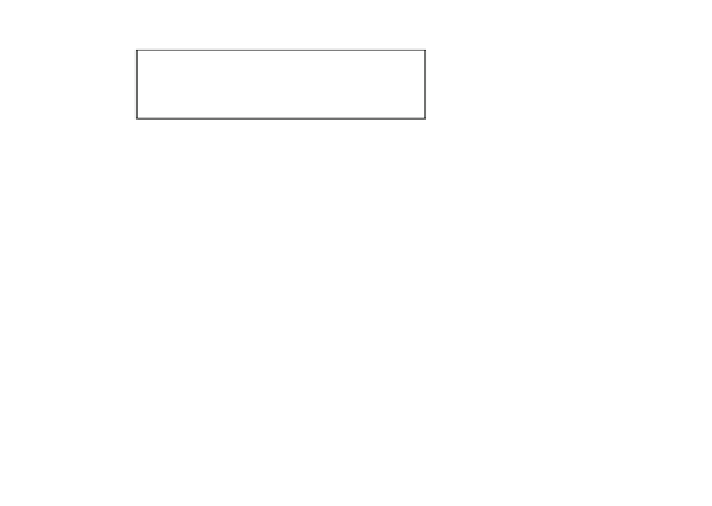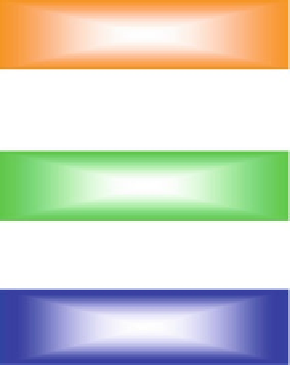Biomedical Engineering Reference
In-Depth Information
Recurrent network activities v
(
t
)
Input
vector
u
(
t
)
Network nonlinearity
b
(
Recurrent neural
networks (RNN)
(
t|t
−1),
v
(
t
),
u
(
t
))
Weight state vector
(
t
−1|
t
−1)=
(
t
|
t
−1)
Weight state update & Delay
(
t|t
)
=
Bank of unit-time
delays
(
t|t
−1)+
G
(
t
)α(
t
)
Desired
response
d
(
t
)
Extended Kalman
filter (EKF)
Innovation process
α(
t
)=
d
(
t
)−
b
(
(
t|t
−1),
v
(
t
),
u
(
t
))
Fig. 2.16 Closed-loop feedback system incorporating EKF for RNN. RNN performs a role of
the predictor with network nonlinear function, whereas EKF performs a role of the corrector with
innovation process in a recursive manner in this system
prediction, so that independent parallel filters should be implemented for 3D
motions [
83
]. Furthermore, IMM method was investigated to compare with a pre-
diction method based on the first-order extended Kalman filter by Hong et al. [
72
].
Breathing variation, such as deep or fast breathing, results in a relatively low
accuracy of breathing motion prediction. King et al. showed that a multiple sub-
model method based on breathing amplitude can provide an adaptive motion model
with adjusting basic sub-models [
100
]. They validated that the combined models
with multiple sub-models can show the prediction errors of 1.0-2.8 mm.
2.3.3.4 Hybrid Extended Kalman Filter
Kalman filters are widely used for training nonlinear function of the state esti-
mation and prediction for desired input-output mappings [
72
,
81
,
83
]. Kalman
filter can also be used for supervised training framework of recurrent neural net-
works using nonlinear sequential state estimators. The prediction and correction
property is an intrinsic property of Kalman filter. In Hybrid extended Kalman filter
(HEKF), recurrent neural network (RNN) performs a role of the predictor with
network nonlinear function including input vector (u), recurrent network activities
(v), and adaptive weight state vectors (w), whereas EKF performs a role of the
corrector with innovation process in a recursive manner, as shown in Fig.
2.16
[
101
,
102
].



















Search WWH ::

Custom Search